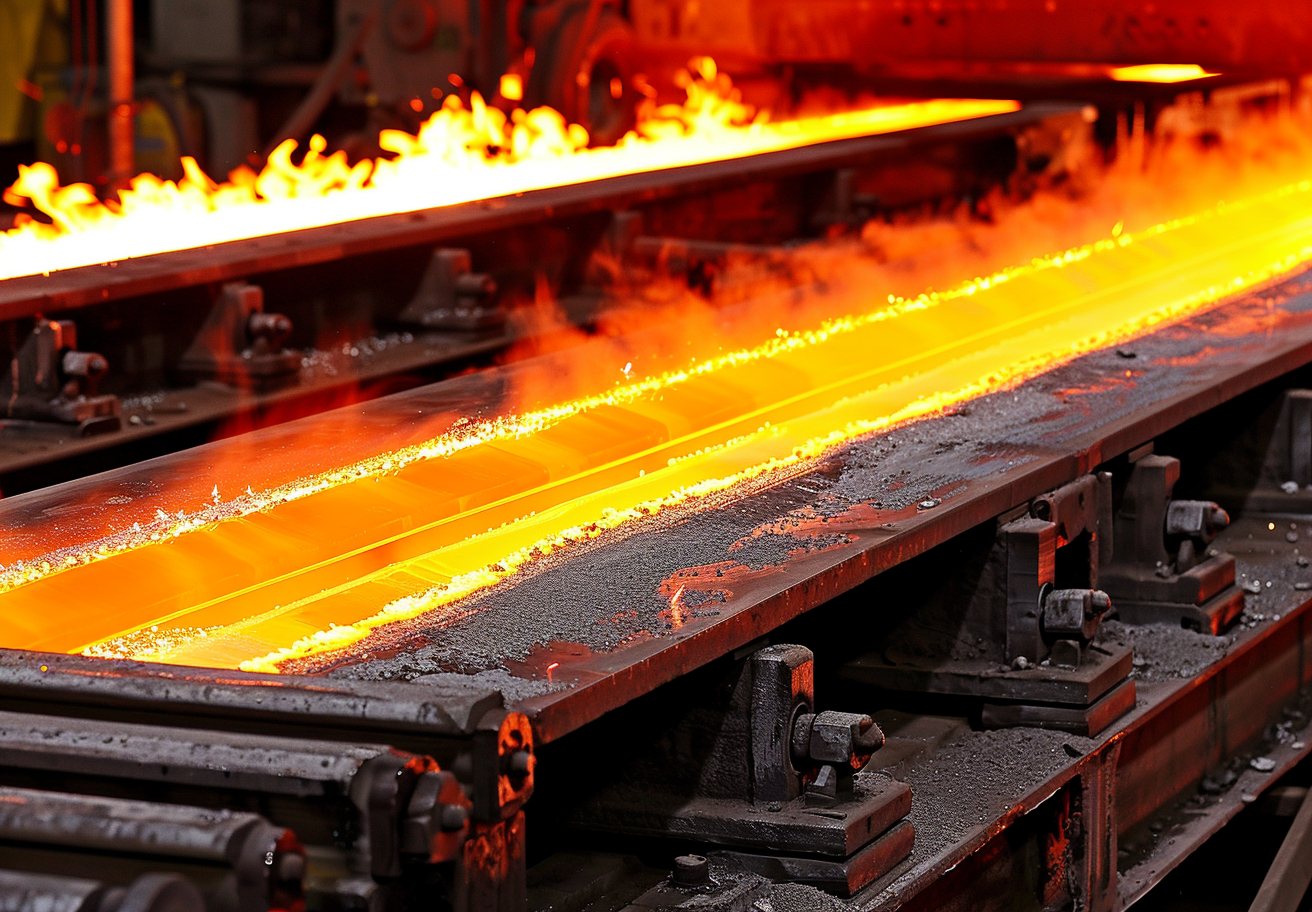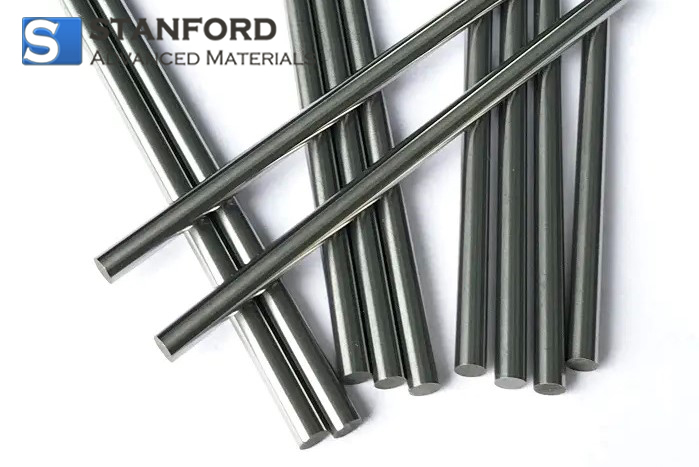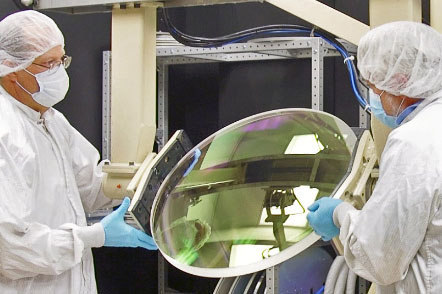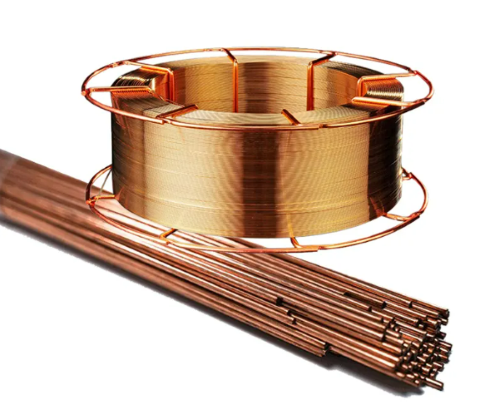Top 5 High-Temperature Resistant Metals and Their Key Applications
High-temperature-resistant metals, also known as refractory metals, are essential in extreme environments where typical metals would fail. These metals can withstand temperatures above 2000°C, making them critical in aerospace, automotive, and chemical processing industries. The top 5 high-temperature resistant metals—niobium, molybdenum, tantalum, tungsten, and rhenium—offer unique properties that make them valuable in various high-tech applications. Let’s explore these metals and how they are used to meet the demands of intense heat and stress.
What Are High-Temperature Resistant Metals?
High-temperature resistant metals have melting points above 2000°C, much higher than typical metals. Known as refractory metals, they are significantly harder and more resilient at room temperature. These metals are valuable in fields like engineering, metallurgy, and material sciences, where they are used to create materials and components that need to be performed in extreme conditions.

Top 5 High-Temperature Resistant Metals
Only a few metals qualify as truly high-temperature resistant. These metals are:
- Niobium
- Molybdenum
- Tantalum
- Tungsten
- Rhenium
These metals can withstand temperatures exceeding 2000°C, making them ideal for environments requiring high heat resistance.
Key Properties of High-Temperature Resistant Metals
Refractory metals vary in their physical properties because they belong to different groups on the periodic table, but they share a common trait: exceptional heat resistance. Most metals melt at around 1500°C, while refractory metals can withstand much higher temperatures. Let's look at each of these metals and their unique properties.
Molybdenum
Molybdenum has a high melting point and excellent strength at elevated temperatures. A popular alloy of molybdenum is titanium-zirconium-molybdenum (TZM), known for its high creep resistance. This alloy performs well in high-stress, high-temperature conditions, making it suitable for aerospace components and other critical applications. Molybdenum is also highly resistant to liquid metals like mercury and is commonly added to steel alloys to increase strength.
Tungsten
Tungsten has the highest melting point of any metal, at 3422°C. While pure tungsten is very heat-resistant, it is often alloyed with 22% rhenium to enhance its properties further. This tungsten-rhenium alloy improves heat resistance and is widely used in applications requiring high durability, such as furnace components, welding electrodes, and rocket nozzles.
Niobium Alloys
Niobium stands out for its low density and ability to form heat-resistant alloys. When combined with tungsten, niobium creates strong materials used in gas turbines, nuclear reactors, and other high-temperature applications. Due to its biocompatibility, niobium also has applications in medical and surgical equipment, making it versatile beyond industrial uses.
Tantalum
Tantalum is known for its corrosion resistance and high melting point of 3017°C. It is highly stable and maintains its strength at elevated temperatures, making it suitable for chemical processing equipment and heat exchangers. Tantalum’s resistance to corrosion also makes it valuable in applications exposed to harsh chemical environments.
Rhenium and Its Alloys
Rhenium is a rare, dense metal with a melting point of 3186°C, and it’s often alloyed with other refractory metals to improve ductility and tensile strength. Rhenium’s primary use is in high-temperature alloys with tungsten and nickel, which are crucial in jet engines and chemical reactions where it serves as a catalyst.
Applications of High-Temperature Resistant Metals
The unique properties of refractory metals make them essential in industries that involve extreme temperatures:
- Aerospace: Used in jet engines, spacecraft, and gas turbines, these metals provide strength and stability at high temperatures.
- Automotive: High-performance racing cars use refractory metals to protect drivers and improve the durability of engine components.
- Industrial Furnaces: Components like heating elements and protective shields in furnaces are made from refractory metals to withstand high operational temperatures.
- Medical Equipment: Niobium, due to its biocompatibility, is used in implants and surgical devices.
- Chemical Processing: Tantalum is commonly used in equipment exposed to corrosive chemicals due to its excellent corrosion resistance.
Why Only These Metals?
Other metals do not qualify as refractory because they cannot withstand temperatures above 1800°C. While many metals have high melting points, refractory metals are in a league of their own, making them essential in specialized applications where extreme heat and durability are required.
Conclusion
High-temperature-resistant metals like niobium, molybdenum, tantalum, tungsten, and rhenium are crucial materials for environments exposed to intense heat. Their unique properties make them indispensable in industries where ordinary metals would fail. Stanford Advanced Materials (SAM) offers a range of these refractory metals, meeting the demands of high-tech and industrial applications.





